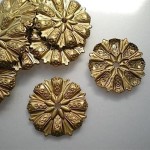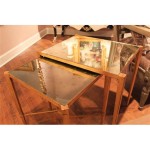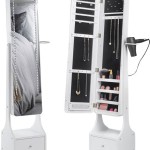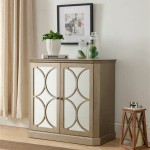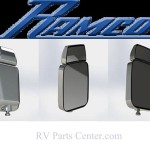Light in Mirror: Reflection and Principles
Mirrors, ubiquitous in daily life and crucial in scientific instrumentation, operate on the fundamental principle of light reflection. Understanding how light interacts with a mirror surface allows for the prediction and manipulation of light paths, forming the basis for numerous optical technologies.
Reflection occurs when light encounters a change in medium, such as the interface between air and a reflective surface. Instead of being absorbed or transmitted, the light bounces back into the original medium. The smoothness of the surface plays a crucial role in the type of reflection observed: specular or diffuse.
Specular reflection, characteristic of smooth surfaces like mirrors, involves the reflection of light rays at the same angle at which they strike the surface. This organized reflection preserves the image of the light source, leading to the clear, sharp reflections seen in a typical household mirror. The law of reflection states that the angle of incidence, the angle between the incident ray and the normal (a line perpendicular to the surface), is equal to the angle of reflection, the angle between the reflected ray and the normal.
Diffuse reflection occurs on rough surfaces. Due to the microscopic irregularities of the surface, incident light rays are scattered in various directions. While reflection still occurs, the scattering prevents the formation of a coherent image. Instead, the light is dispersed, resulting in a matte appearance. Most objects exhibit diffuse reflection, allowing us to see them even when not directly illuminated by a light source.
Mirrors typically consist of a smooth, highly polished substrate, often glass, coated with a thin layer of a reflective material. Traditionally, silver has been a popular choice due to its high reflectivity across the visible light spectrum. Modern mirrors frequently employ aluminum, which provides comparable reflectivity and better resistance to corrosion. The reflective coating is usually applied to the back of the glass substrate, protecting it from damage and environmental factors.
The reflectivity of a mirror quantifies the percentage of incident light that is reflected. No mirror reflects 100% of incident light; a small portion is always absorbed or scattered. The reflectivity of a mirror depends on the material used for the reflective coating, the wavelength of the incident light, and the angle of incidence. Dielectric mirrors, utilizing multiple layers of thin dielectric materials, can achieve extremely high reflectivity for specific wavelengths, exceeding 99.999% in some cases.
The image formed by a plane mirror, the most common type, presents specific characteristics. The image appears to be located behind the mirror at a distance equal to the distance of the object from the mirror. This is known as a virtual image, as light rays do not actually converge at this point. The image is also laterally inverted, meaning left and right are reversed, but not inverted vertically. The size of the image in a plane mirror is always equal to the size of the object.
Concave and convex mirrors introduce curvature to the reflective surface, leading to different image formation characteristics. Concave mirrors, curving inwards, can form both real and virtual images depending on the object's distance from the mirror. Convex mirrors, curving outwards, always form virtual, upright, and diminished images regardless of the object's position.
Beyond everyday uses, mirrors are essential components in a vast array of scientific and technological applications. Telescopes utilize mirrors to collect and focus light from distant celestial objects. Microscopes incorporate mirrors to direct light onto the specimen being observed. Lasers, crucial in telecommunications and medical procedures, incorporate mirrors to create the optical cavity necessary for light amplification. Reflectors in car headlights and flashlights shape the light beam for enhanced visibility. Solar energy systems employ mirrors to concentrate sunlight onto solar panels, increasing their efficiency.
The interaction of light with mirror surfaces, governed by the principles of reflection, underpins numerous technologies. From simple household mirrors to complex scientific instruments, understanding the behavior of light in mirrors is crucial for their effective design and application.
The ongoing research and development in materials science and optical engineering continue to improve the efficiency and versatility of mirrors. New materials and fabrication techniques are being explored to enhance reflectivity, durability, and tailor specific optical properties. These advancements promise to further expand the applications of mirrors in emerging fields such as advanced imaging systems, high-power lasers, and next-generation telescopes.

Are Led Mirrors Bright Enough

Homlux 32 In W X H Round Frameless Led Light With 3 Color And Anti Fog Wall Mounted Bathroom Vanity Mirror 96fb004795 The Home Depot

Backlit Vs Lighted Mirrors What S The Difference Ledmyplace

Himans Led Wall Mirror With Touch Sensor 18 X 24 Lighted In Buy At Flipkart Com

Princeart Led With Light Wall Decor Makeup Room 12x18 Inch Lt11 Bathroom Mirror In Buy

Dressing Table Mirror Led Mirrorwalla

Mirror Lights Cole Lighting

Toolkiss 40 In W X 32 H Rectangular Frameless Led Light Anti Fog Wall Bathroom Vanity Mirror With Backlit And Front Tk23607 The Home Depot

9 Best Lighted Makeup Mirrors 2024 The Strategist

Round Border Twin Led Wall Mirror Natural White Light Flair Glass


